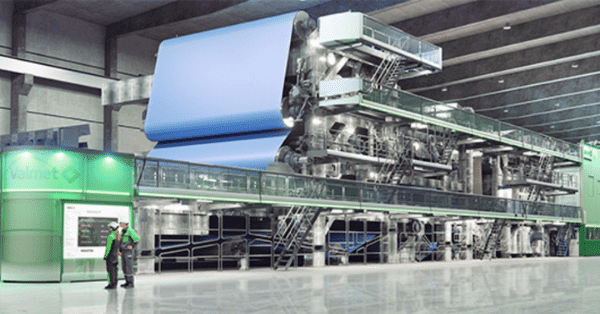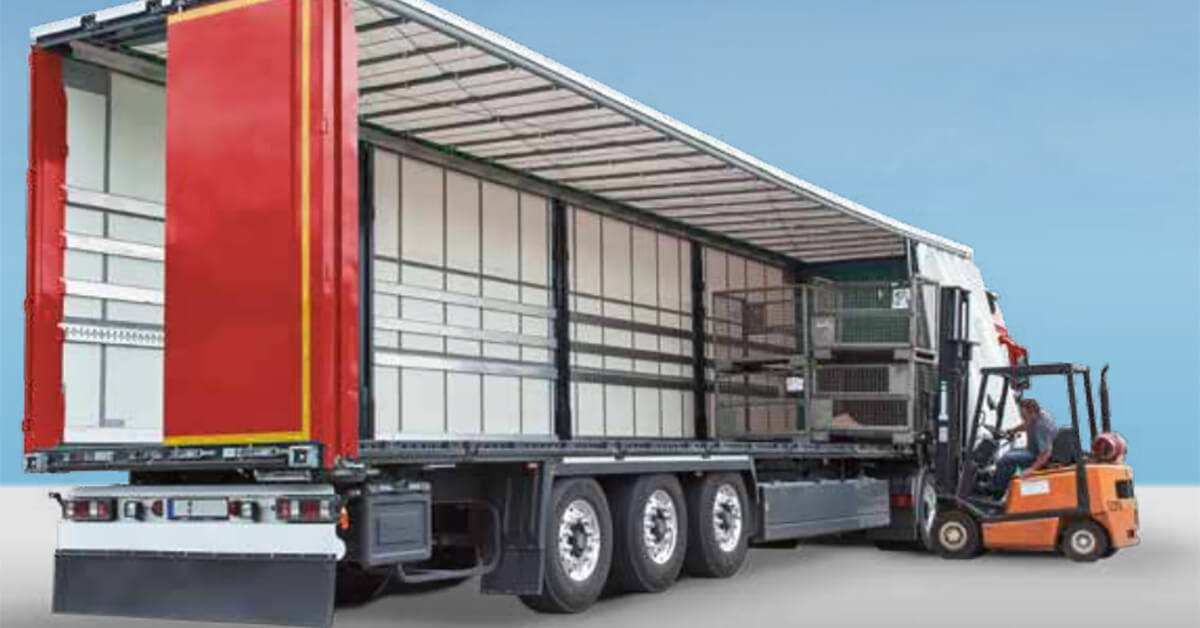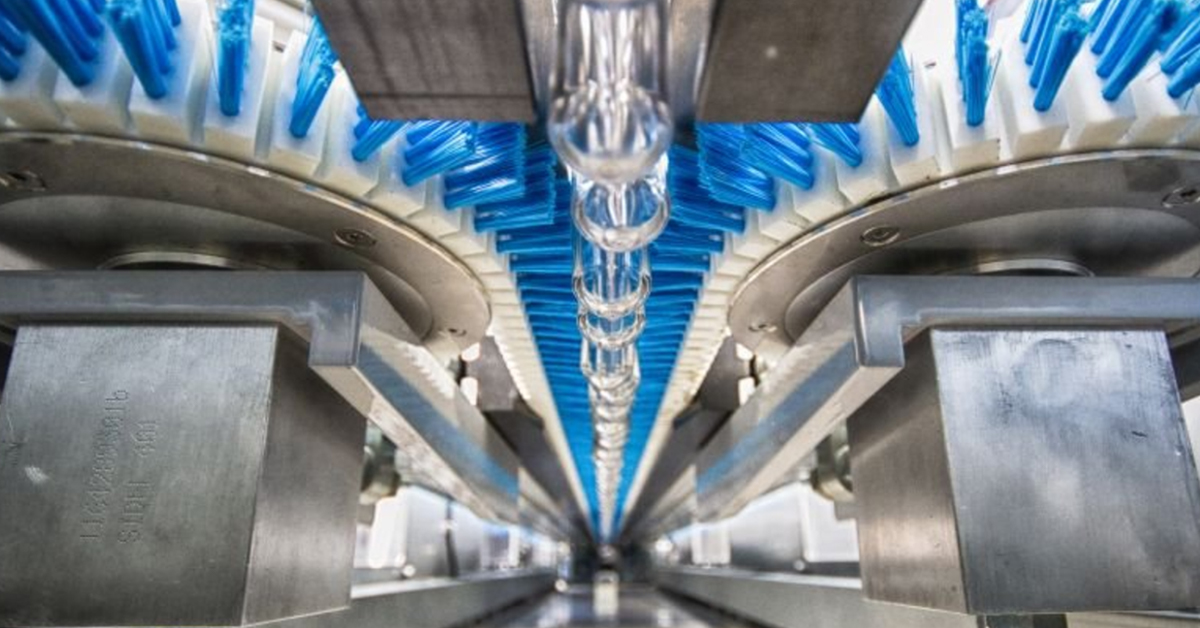Modularity’s Legacy: With The Quietest Heat Pump
Case
Bosch's Business Transformation

These images showcase three Bosch Home Comfort IVT AirX 500 air-to-water heat pump models.
Introduction
In the early 2010s, Bosch Home Comfort Group (formerly known as Bosch Thermotechnologies) in Tranås, Sweden, found itself at a crossroads. As a leading provider of heating and hot water solutions and a division of the Bosch Group, the company had long been a pioneer in heat pump technology. However, mounting challenges threatened its market position and profitability. The rise of low-cost competitors put pressure on margins, while the rapid expansion of product lines led to increased complexity and inefficiencies. Managing multiple brands like Bosch, IVT, Junkers (now discontinued), and Buderus further added to the challenge, creating fragmented product portfolios that were costly to maintain and difficult to streamline.
At the same time, production processes at the Tranås facility struggled to keep pace with evolving demands. Faced with these growing issues, Bosch Home Comfort recognized that incremental improvements would not suffice. A fundamental transformation was needed to regain competitiveness and secure long-term growth.
The solution came in the form of modularization—an approach that revolutionized not just product development but the entire business. By embracing modular architectures, lean manufacturing techniques, and late-point differentiation, Bosch transformed its operations and product offerings. This retrospective highlights how the modularity program, supported by Modular Management, reshaped Bosch’s heat pump business from 2010 to 2014, laying a strong foundation for continued growth and innovation.
Summary
Transforming Bosch Home Comfort with Modularity
Between 2010 and 2014, Bosch Home Comfort's heat pump business faced numerous challenges, including declining profitability, growing competition from low-cost manufacturers, a complex range of product configurations, and high inventory levels. The company also struggled with inefficient production processes and brand complexity. To overcome these challenges, Bosch Home Comfort in Tranås, Sweden, implemented a modularity program supported by Modular Management.
The modularity program revolutionized product development and operations by introducing modular architectures, lean manufacturing techniques, and late-point differentiation. This strategic transformation streamlined production and enabled Bosch to develop the quietest and most energy-efficient air-to-water heat pump ever built, the AirX family. The initiative significantly improved cost structure, productivity, and market position, allowing Bosch to regain its competitive edge and achieve double-digit market growth.
The long-term impact of the modularity program is still visible today. The Tranås facility has expanded significantly, now employing over 1,000 people, and has become a European hub for heat pump innovation and production. The success of modularization has continued to influence Bosch’s ongoing commitment to innovation, efficiency, and market leadership.
KPIs
44% reduction in product cost
60% fewer part numbers
40% reduction in inventory
50% reduction in assembly time
66% less floor space
Full Story
Challenges of the Pre-Modular Era
Before implementing modularity, Bosch Home Comfort faced a number of challenges that hindered its ability to maintain profitability and efficiency. As competition intensified, especially from low-cost manufacturers, profitability became increasingly strained. To remain competitive, Bosch saw its margins shrink—particularly for air-to-water technologies that traditionally offered somewhat lower efficiency compared to the more established liquid-to-water systems.
Adding to the complexity was the company’s diverse product portfolio, which had evolved over the years to include liquid-to-water, air-to-water, and air-to-air heat pump technologies. This diversification, while intended to capture different market segments, inadvertently created logistical challenges. The vast number of unique parts and overlapping functionalities made production and inventory management increasingly complicated. Lead times grew longer, and the risk of obsolescence became a constant concern.
The Tranås production facility used traditional manufacturing methods, making it difficult to efficiently produce small batches or respond to fluctuating demand. The result was prolonged changeover times and a lack of flexibility, which only served to compound the operational challenges.
The company’s extensive brand portfolio—including Bosch, IVT, Junkers (now discontinued), and Buderus—added to the complexity of product management. Differentiating products across multiple brands and regional markets required significant effort and resources, making the Sales and Operational panning very challenging. As a result, brand-specific configurations occasionally caused inefficiencies in production and marketing alignment.
High inventory levels were another critical issue. Due to the wide variety of product configurations and branding requirements, Bosch often held large amounts of both component and finished goods inventory. This not only tied up capital but also increased the risk of outdated products sitting idle, losing value over time.
Faced with these challenges, Bosch Home Comfort in Tranås, Sweden, recognized that addressing these issues one by one would not be enough. A fundamental transformation was necessary—one that would require a strategic shift in product design, manufacturing processes, and brand management. The modularity program would ultimately become the cornerstone of this transformation.
The Modularity Program: A Strategic Shift
In 2011, Bosch Home Comfort’s management team recognized the urgent need for change. They embarked on a modularity program to develop a new family of air-to-water heat pumps. The vision was clear:
-
Revenue Growth: Increase market share through innovative, efficient designs, positioning Bosch as a leader in the air-to-water segment.
-
Cost Reduction: Cut product costs by 44% and component variety by 50% through standardized and modular designs.
-
Inventory Reduction: Decrease component inventory by 30% and reduce finished goods stock by enabling late-point differentiation.
-
Production Efficiency: Minimize floor space usage by 66% and reduce assembly time by 50% by introducing lean principles and modular assembly methods.
-
Market Differentiation: Establish the AirX family as the most energy-efficient and quietest air-to-water heat pump in the Nordic market.
Implementation and Transformation
Modularization required changes in manufacturing philosophy. The team introduced lean manufacturing techniques, including Kanban systems and flexible workstations. This enabled quick changeovers and minimized downtime, making it possible to produce multiple variants efficiently on the same line.
One of the most impactful changes was implementing late-point differentiation. Instead of assembling heat pumps branded for specific markets early in the process, generic models were built and customized at the final stages, drastically reducing branded inventory.
The results were nothing short of remarkable:
-
Product Cost Reduction: Costs were reduced by 44% due to more streamlined and modular designs. This allowed Bosch Home Comfort to regain its price competitiveness without sacrificing quality.
-
Operational Efficiency: Assembly time was reduced by 50%, while floor space utilization improved by 66%. The introduction of modular sub-assemblies made it possible to present components at the point of use more efficiently.
-
Inventory Optimization: The modular approach led to a 40% reduction in inventory. With fewer unique parts, forecasting became more accurate, reducing the risk of stockouts or excess production.
-
Market Impact: The AirX heat pump product family, launched in 2014, became the most efficient air-to-water system in the Nordic market at that time, achieving double-digit market growth and winning numerous accolades for innovation and performance.
-
Patents and Innovation: The redesigned product architecture resulted in five new patents, underscoring Bosch’s leadership in energy-efficient solutions and quiet operation.
Legacy and Continued Evolution
The success of the modularity program at Bosch Home Comfort in Tranås set a precedent for future innovations. By 2023, the Tranås facility had grown significantly, employing over 1,000 people and becoming a European hub for heat pump technology. New generations of products, like the CS5800 AW with propane refrigerant, reflect a commitment to sustainability while leveraging the modular concepts established during the initial transformation.
Today, Bosch Home Comfort continues to build on the modular foundation, expanding production capacity and refining their approach to product innovation. The strategic shift made in the early 2010s continues to pay dividends, positioning Bosch as a leader in energy-efficient heating solutions.
The modularity journey at Bosch Home Comfort serves as a powerful case study in how thoughtful, strategic changes can fundamentally transform a business. By embracing modular product architecture, Bosch not only regained its market leadership but also established a resilient foundation for future innovation and growth. The lessons learned from the AirX modularity program continue to influence product development and operational strategy to this day.





